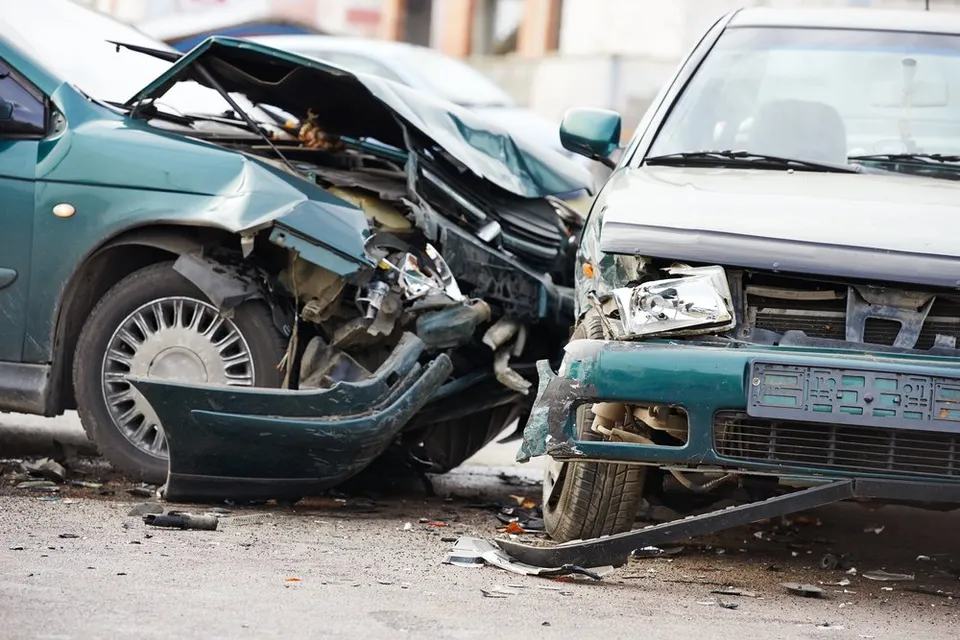Insurance: How Are You Covered for Your Automobile Accident?
- December 16, 2016 @ 7:04 pm
- Written by admingil
- Categories: Accident | Auto Accidents | Insurance

After an accident, your number one concern is to take care of your injuries. Another concern will probably be whether auto insurance covers your injuries and property damage. Auto insurance is mandatory in 48 states, so you likely have at least some coverage. The other two states, Wisconsin and New Hampshire, allow residents to drive without insurance as long as they can prove they have the financial resources to pay for any damage if they cause an accident. Unfortunately, having some auto insurance is different from having enough auto insurance — and some drivers break the law by carrying none at all. If you rely on the other driver’s insurance policy to cover your injuries, this is bad news.
You should understand how insurance works in your state. There are two types of auto insurance systems in the United States, and which one you use usually depends on where you live.
At Fault (or Tort):
The at-fault driver is legally responsible for any injuries and financial costs caused by the accident.
No-Fault:
Twelve states, including Florida, and Puerto Rico have this type of auto insurance system. If your insurance policy is called Personal Injury Protection (PIP), you likely live in a no-fault state. In this type of system, your own insurance company pays a portion of the costs of your injuries up to a certain limit, no matter whose fault it was. Unless you meet certain permanency thresholds, you cannot file a lawsuit over the accident
However, out of the 12 states that have no-fault insurance laws, New Jersey, Pennsylvania and Kentucky have a “choice” no fault law. Each motorist may reject the lawsuit threshold and retain the right to sue for any auto-related injury.
Check your policy or ask your insurance adjuster if you are not sure what type of insurance you have. For an automobile accident case in Florida, call us to discuss your coverage.
